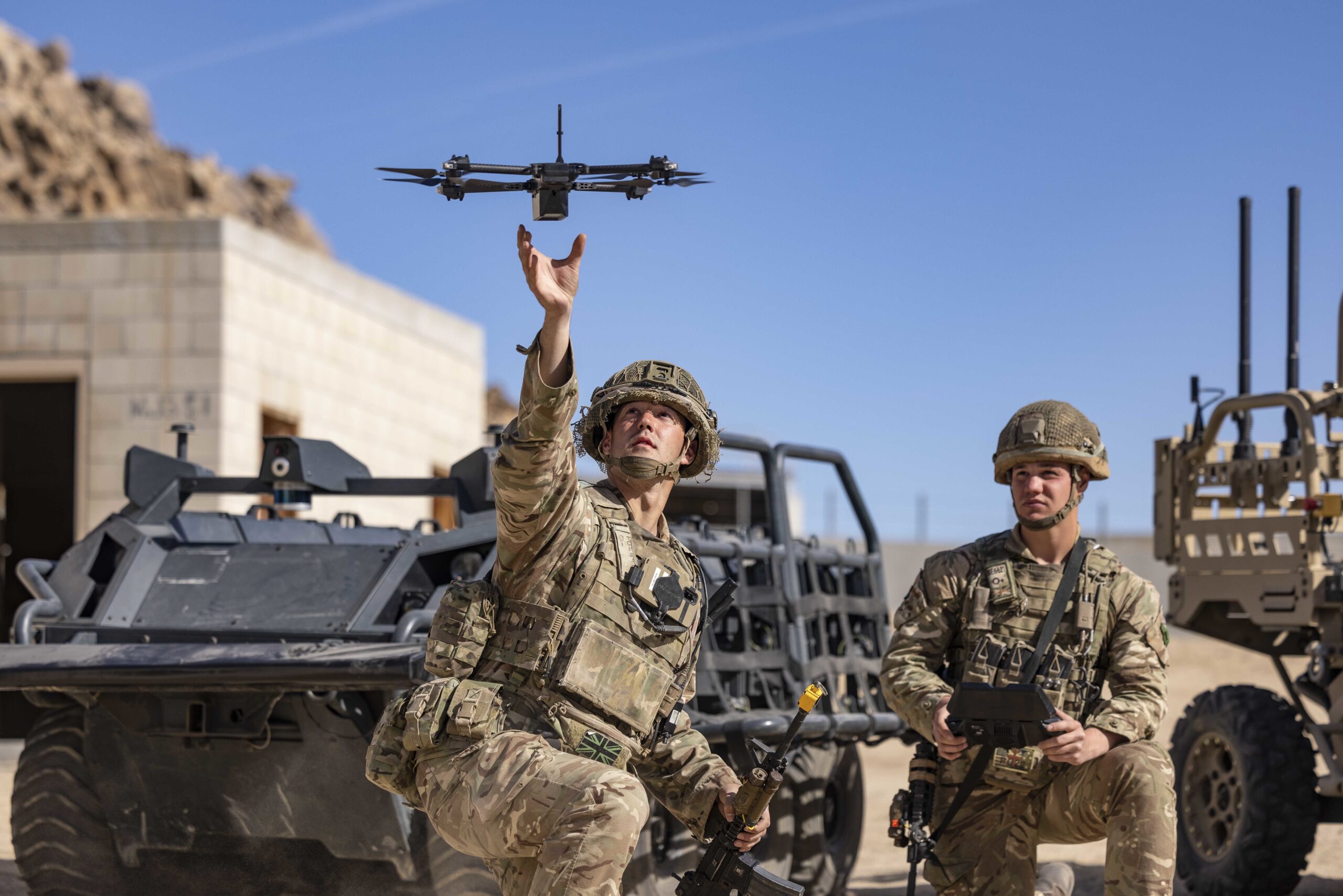Insane Sci-Fi Military Tech You Didn’t Know Existed
Modern military technology is blurring the line between science fiction and battlefield reality. What seems like the feverish imagination of a sci-fi writer has, in many cases, become equipment genuinely fielded by the world’s most powerful militaries. Here’s a look at some of the most mind-bending technologies transforming warfare—from missiles faster than anything to robot dogs packing heat and mind-controlled weapon systems.
Missiles That Outrun Everything
Forget cruise missiles of old—today’s hypersonic missiles can reach astonishing speeds up to Mach 10 and beyond. Unlike traditional ballistic missiles, hypersonics fly below 60,000ft, hugging the earth’s atmosphere and weaving agile paths to dodge defenses. Systems like Russia’s Kinzhal, China’s hypersonic arsenal, and now India’s ET-LDHCM (capable of Mach 8 and striking targets 1,500km away) undermine air defense systems such as Israel’s Iron Dome and Russia’s S-500 by outrunning and outmaneuvering interceptors. Their speed and unpredictability have led some experts to label these weapons “unstoppable,” representing a historic leap in missile technology and shifting global military power balances.
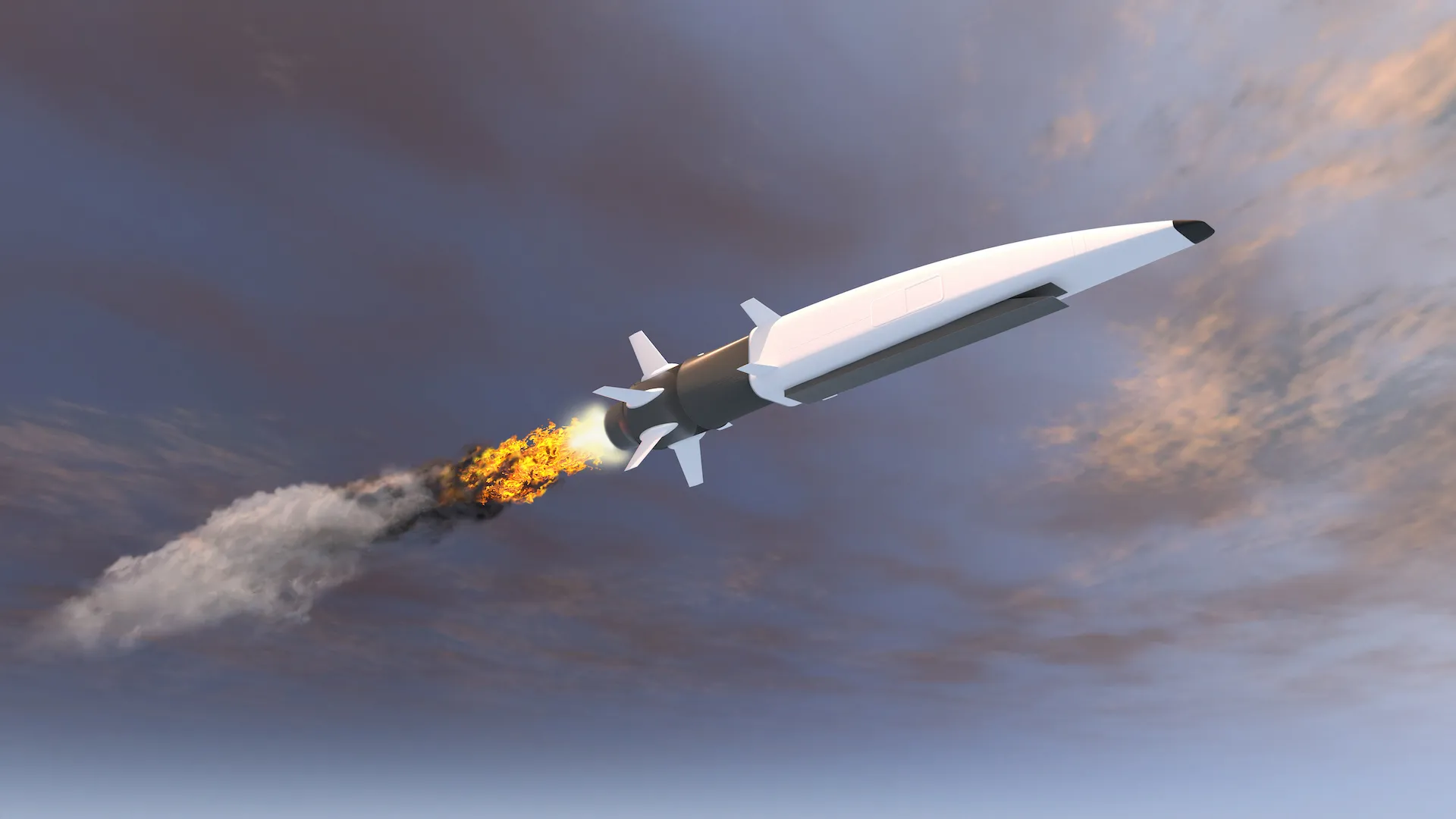
Robot Dogs With Guns
Once the stuff of dystopian fiction, four-legged robot dogs armed with powerful firearms are now a startling reality. Ghost Robotics, in collaboration with SWORD International, unveiled quadrupedal robots like the Vision60, which can mount sniper rifles and other remote weapon systems. With features such as a 30x zoom thermal camera allowing night operations and an effective firing range of 1,200 meters, these robotic dogs can engage threats while taking cover, climbing stairs, and traversing rough terrain that would hinder a human soldier. Advanced models may also use artificial intelligence to detect and lock on targets—redefining the concept of “man’s best friend” in warfare.
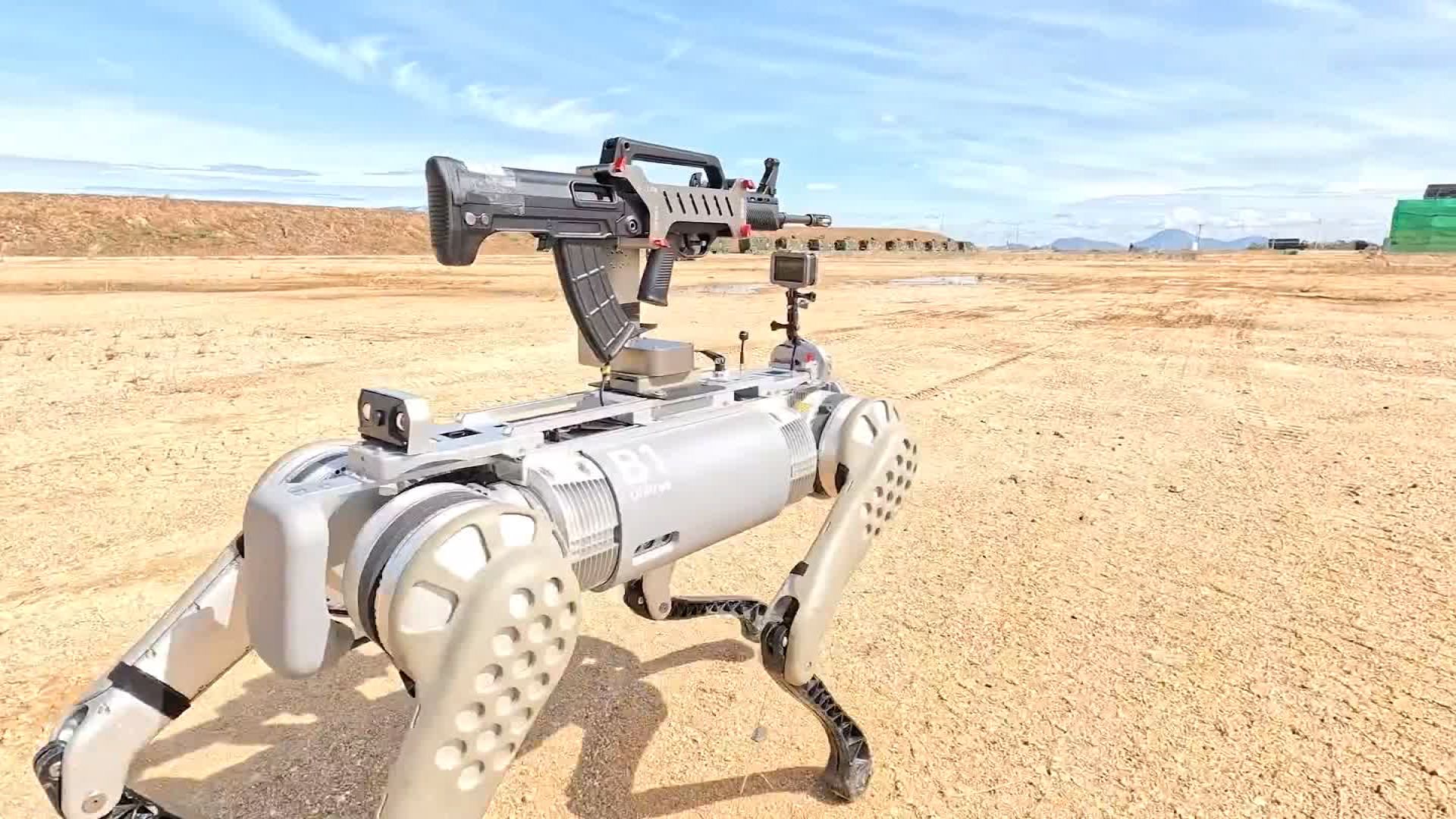
Silent Laser Blasters
Gone are the days when lasers were just for “Star Wars.” Militaries have fielded silent, electrically powered laser blasters, such as China’s Silent Hunter and France’s Helma LP. These directed-energy weapons can burn through metal plates from distances up to 1km, silently disabling drones or lightly armored vehicles. The lack of noise and muzzle flash makes detection more difficult, while the weapon can be deployed at fixed sites or on mobile platforms. Such lasers are invaluable for shooting down swarms of incoming drones and offer the precision to engage threats without collateral damage—a sci-fi staple now in real-world defense arsenals.
Drones That Kill on Their Own
Autonomous “kamikaze” drones are reshaping battlefield tactics. AeroVironment’s Red Dragon, for instance, can independently identify, select, and dive-bomb its own targets at speeds up to 100mph, with a range of approximately 250 miles. These loitering munitions, once programmed, need minimal human intervention—creating their own target “kill list” and making swift decisions that were previously human responsibilities. This kind of autonomy drastically reduces response time on the battlefield and introduces ethical and strategic challenges unique to machine-intelligent warfare.
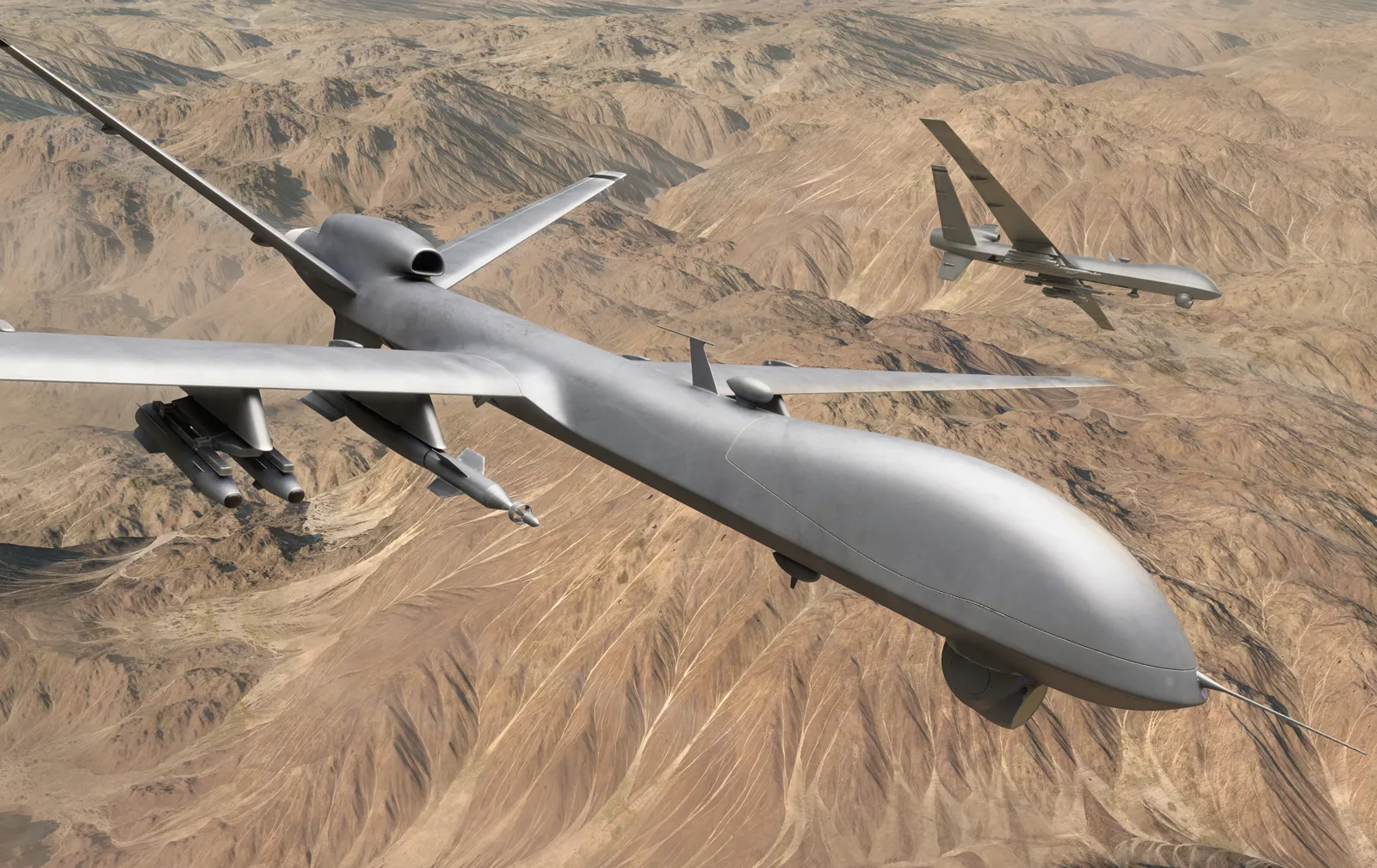
Drones That Swarm Like Insects
Inspired by nature, swarms of insect-sized drones now coordinate advanced missions, with some even able to “sniff out” gas leaks or search for survivors after disasters. Military researchers, including those at TU Delft and MIT, are developing drone collectives capable of working autonomously, landing and recharging themselves, and communicating in real time, much like bee or ant colonies. These swarms can expand coverage and resilience far beyond individual drones, overwhelming defenses and enabling tasks that single machines could never accomplish.
Weapons Controlled By the Mind
Brain-computer interface (BCI) research—once relegated to sci-fi—has rapidly advanced to the point where militaries are pursuing mind-controlled weaponry. DARPA’s N3 program aims to create non-surgical neural devices that let soldiers direct drones and weapons systems merely by thinking. Early results point to technology that may soon allow a user to command a “drone swarm” or send targeting information with a thought, shrinking lag between human intention and action to milliseconds. The prospect of mind-driven weapons threatens to transform everything from battlefield command to cyberwarfare.
Military Exoskeletons
To lighten the immense burden of modern infantry, militaries are testing battery-powered exoskeletons designed to create a new generation of super-soldiers. Companies like Lockheed Martin are developing wearable suits that amplify strength and endurance, allowing soldiers to carry loads well beyond human limits, traverse rough terrain, and fight fatigue. These exosuits, equipped with artificial intelligence and sensors, adapt to natural human movement and could one day enable soldiers to withstand physically impossible tasks. The dream of giving troops the strength and stamina of a machine is rapidly becoming reality.
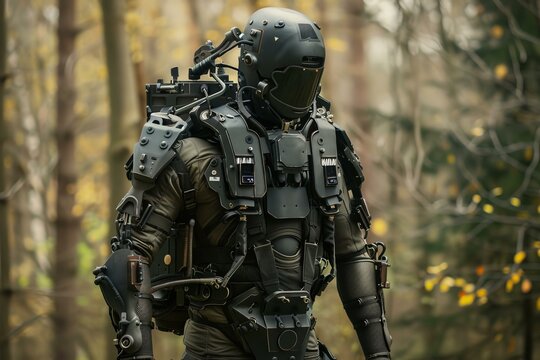
Conclusion
Military technology is currently writing the next chapter of science fiction—making yesterday’s dreams, and nightmares, battle-tested tools of modern war. Missiles that can’t be outrun, lethal robot dogs, silent laser weapons, swarms of insect-like drones, mind-controlled arsenals, and wearable exoskeletons are not future fantasies—they’re today’s reality, forever rewriting the rules of the battlefield.

